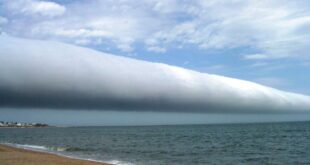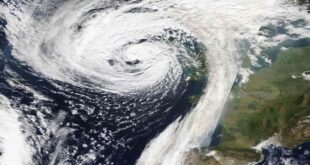In India, especially in North India, the winter of 2021-22 has been unusually cold and unusually long. The days, in particular, have felt colder and chillier than normal.
Important points:
- Since December 2021, maximum temperatures across the North, Northwest and Central India regions have persistently remained below normal, resulting in “cold day” conditions. Technically, this means more than just a day that is cold.
- A cold day is one in which the maximum temperature falls below 16 degrees Celsius, a phenomenon that is commonly seen during the winter months in the northern plains of India.
- Light to moderate intensity rainfall is also commonly seen during winters in neighboring regions of North India.
- This January, however, has seen widespread rain across the central, northwestern, northern, eastern, and northeastern regions of India.
- As many as 24 states or Union Territories have recorded rainfall varying from excess to large excess this month.
Less Fog than Normal:
- December and January are known for the formation of dense fog across North India.
- In January 2022, the national capital remained affected by fog for 252 hours against a normal of 292 hours.
- IMD officials said the ongoing winter has recorded the lowest fog hours since 1991-92 over Delhi.
- Until 25th January 2022, seven western disturbances had passed over India — nearly all of them strong enough to cause widespread rain, snowfall, and turbulent weather across large geographical areas between Pakistan and Northeast India.
- These systems caused hailstorms in northern Maharashtra, and heavy rainfall in Tamil Nadu.
- Frequent and higher numbers of western disturbances are associated with La Niña.
- At present, moderate intensity La Niña conditions — which manifests itself as cooler than normal sea surface temperatures in the equatorial Pacific Ocean — are prevailing.
- After a western disturbance crosses India, cold winds from the far north of the country penetrate to lower latitudes, and can reach up to even Telangana and Maharashtra, leading to colder weather, and sometimes to cold wave conditions.
- The presence of low-lying clouds and the availability of moisture along the Indo-Gangetic plains made it favorable for cold day conditions and the additional chill factor experienced during the day time.
- This was the longest and most intense spell of the season so far.
- It is indicated by sea-surface temperature decreased by more than 0.9℉ for at least five successive three-month seasons.
- The La Nina event is observed when the water temperature in the Eastern Pacific gets comparatively colder than normal, as a consequence of which, there is a strong high pressure over the eastern equatorial Pacific.
- In India, the La Nina is generally responsible for cooler than normal winters and more than normal rainfall.
SOURCE: THE HINDU,THE ECONOMIC TIMES,MINT
 Chinmaya IAS Academy – Current Affairs Chinmaya IAS Academy – Current Affairs
Chinmaya IAS Academy – Current Affairs Chinmaya IAS Academy – Current Affairs



